- Enjoy Khai Long beach
- 3rd Adjustment of Khai Long Wind Power Plant Project
According to legend, Khai Long is the dragon's breeding ground. Many dragons were born here. Thousands of years ago, a group of adult dragons flew out and sank into Ha Long, one landed in Bai Tu Long, one flew to Thang Long and landed in Long Bien. The dragons' tails swished, making the waves roll brightly on Bach Long Vi island. Another group of dragons, some landed in Long Xuyen, some in Vinh Long, some landed in Long Ho, some stopped in places like Long An , Phuoc Long, Long Thanh, Long Binh, Long Dat, the rest followed the Mekong River upstream to continuously stir up the river, bringing a huge amount of alluvium to the East Sea, which settled down, making Ca Mau Cape become "Fresh young soil!"...
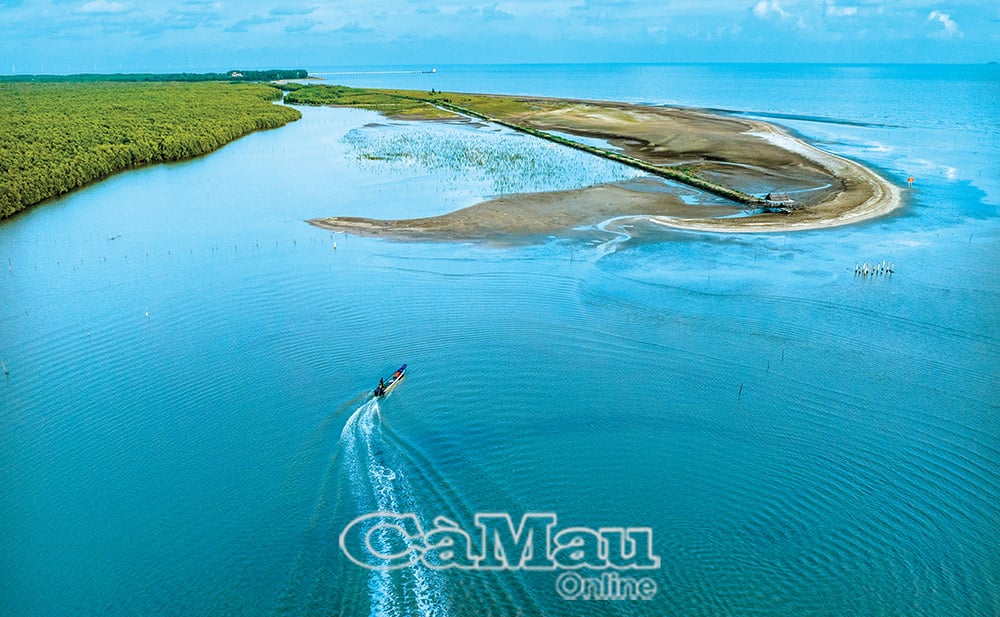
In recent years, at Khai Long beach, on the way to Ca Mau Cape, people have carved two giant, bright yellow dragons, marking ancient traces, reaching out to welcome tourists from all over to the land and forest at the end of the Fatherland.
Khai Long is 130 km from Ca Mau city, with an attractive tourist area located along the mangrove ecosystem of the Ca Mau Cape World Biosphere Reserve, with diverse flora and fauna. Coming to Dat Mui, after visiting the National Landmark with the code GPS0001 - this is the southernmost point on the mainland of Vietnam and an important geographical symbol - visitors can explore many interesting activities such as going through the primeval mangrove forests with typical tree species such as mangrove, mam, su, parrot... Everyone can transform into fishermen rowing boats through the mangrove forest, performing experiential activities such as wading through the forest to catch shrimp, snails, crabs, fish, and nets to feel the richness of this land.
Standing at Khai Long beach, visitors can admire the wild beauty of the majestic Hon Khoai island cluster, where communist soldier Phan Ngoc Hien and his comrades once made the historic victory of the Hon Khoai uprising on December 13, 1940. Here, visitors can also admire the Khai Long Tourist Area Wind Power Plant Phase 1 project, which was approved by the Prime Minister for investment on January 14, 2016, built on an area of land and sea on the continental shelf of more than 2,000 hectares, with a capacity of 100 MW and a total investment of more than 500 billion VND...
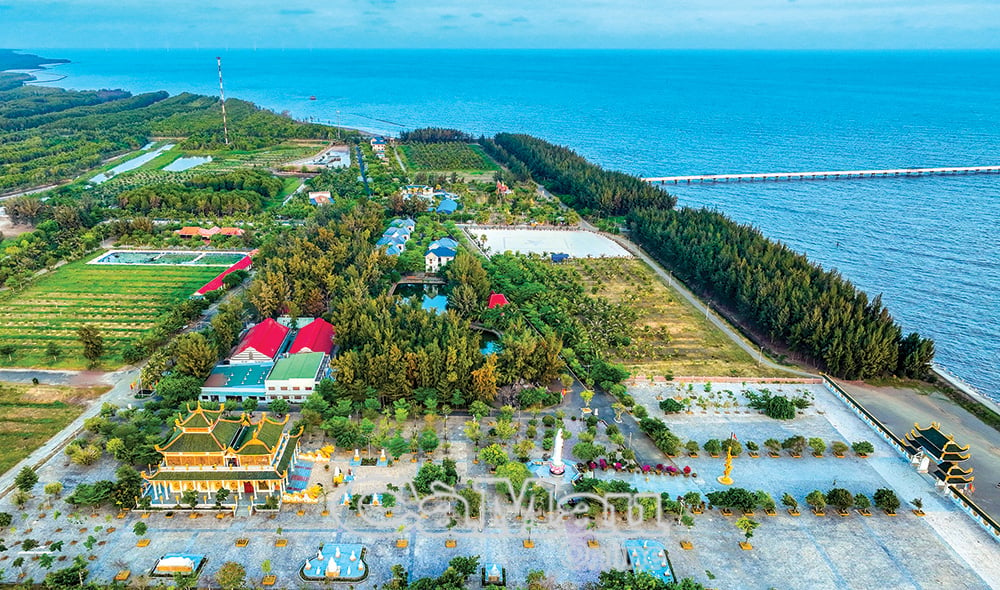
The unique thing that cannot be found anywhere else is that “the land can expand and the forest can move”. This is a joke, but the truth is that every year the alluvium of the two Southeast and Southwest ocean currents accumulates for Ca Mau cape a very large alluvial land and the forest trees encroach on the sea about 100 meters. At Dat Mui Tourist Area, there is a map of “An Nam Dai Quoc Hoa Do” drawn and published in 1838 by Bishop Jean Louis Taberd. This map was printed in his Latin-Vietnamese dictionary and recorded the Hoang Sa and Truong Sa archipelagos of Vietnam (*). Visitors will understand specifically that in the southernmost region of the Fatherland, the land and forest are always expanding, never stopping at the original position. In less than 200 years, from “Mui Ong Doc”, now “Mui Ca Mau”, the length has increased by nearly 20 km.
Along with the whole country, the southernmost land of the Fatherland is facing a historic moment "once in a thousand years", when a series of large-scale projects are deployed by the Central Government, opening up many new development opportunities in the coastal homeland of Ca Mau... Following the path of strong development of our ancestors, we are constructing historical works at Khai Long beach, Dat Mui, Hon Khoai... This is truly a meeting place of aspiration for generations of our people. Joy and happiness keep rising up extremely strongly in the hearts of every Ca Mau person and Vietnamese person. The more we understand the past, the more firmly we believe in a bright future.
Eastern Truong Son
(*) This is a special map, first of all because of its name. The map was made by a French bishop, but the name of the map is written in 3 languages: Chinese, An Nam Dai Quoc Hoa Do (National Language) and Tabula Geographicaimperii Anamitici (Latin), while all the place names on the map, including those in China, Laos and Cambodia, are written in National Language, and the legend uses both National Language, Latin and French.
Source: https://baocamau.vn/khai-long-diem-hen-cua-khat-vong-a122097.html



![[Photo] Binh Trieu 1 Bridge has been completed, raised by 1.1m, and will open to traffic at the end of November.](https://vphoto.vietnam.vn/thumb/1200x675/vietnam/resource/IMAGE/2025/10/2/a6549e2a3b5848a1ba76a1ded6141fae)




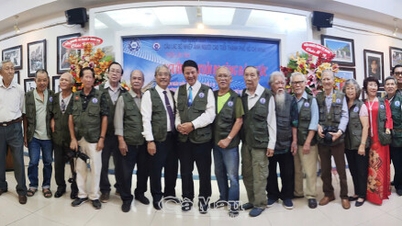
![[Photo] Binh Trieu 1 Bridge has been completed, raised by 1.1m, and will open to traffic at the end of November.](https://vphoto.vietnam.vn/thumb/402x226/vietnam/resource/IMAGE/2025/10/2/a6549e2a3b5848a1ba76a1ded6141fae)

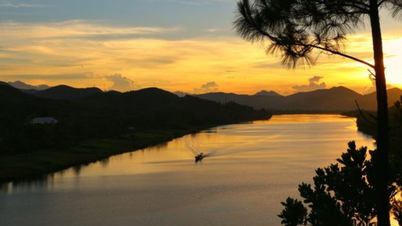

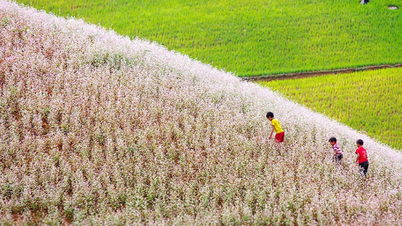
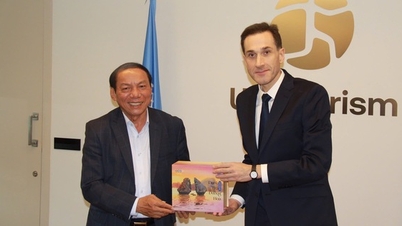



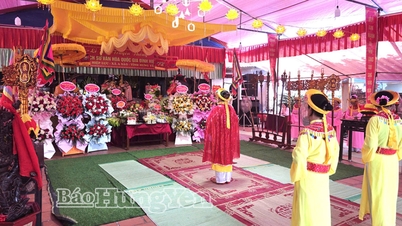



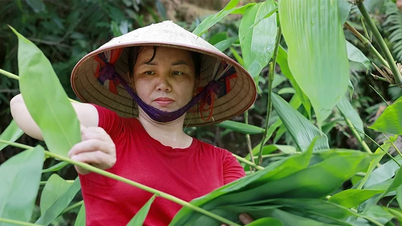

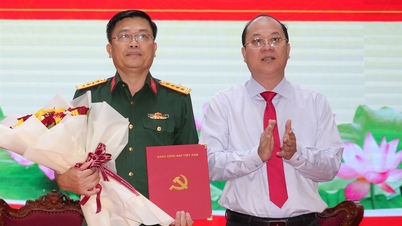


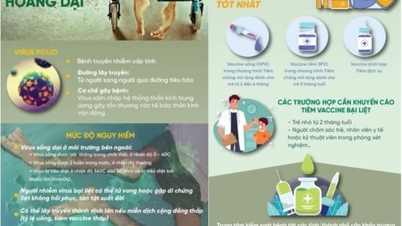




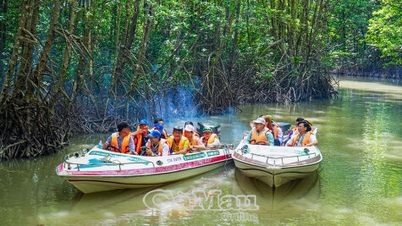
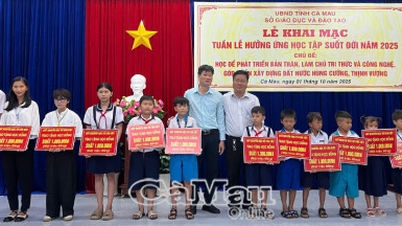
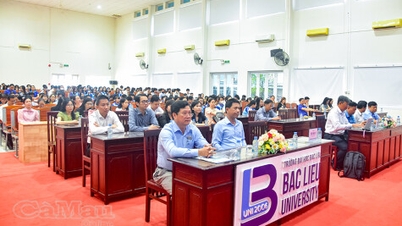
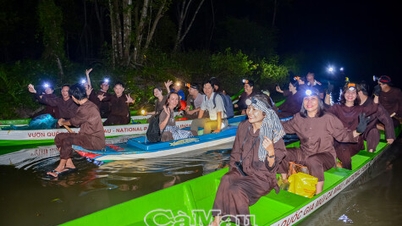



















































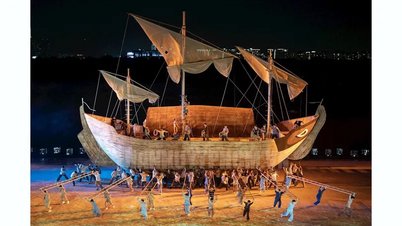

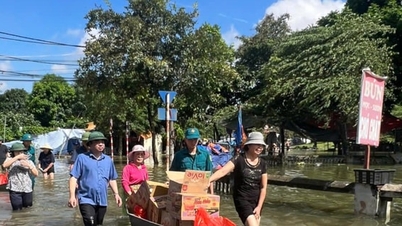

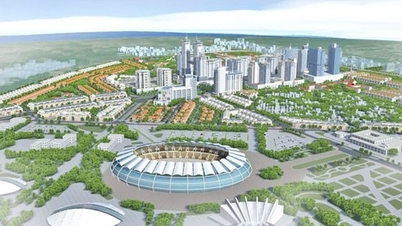

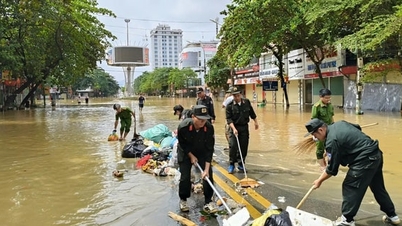













Comment (0)